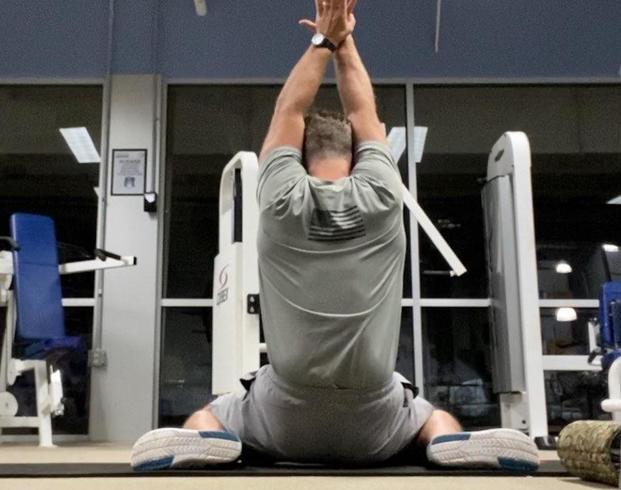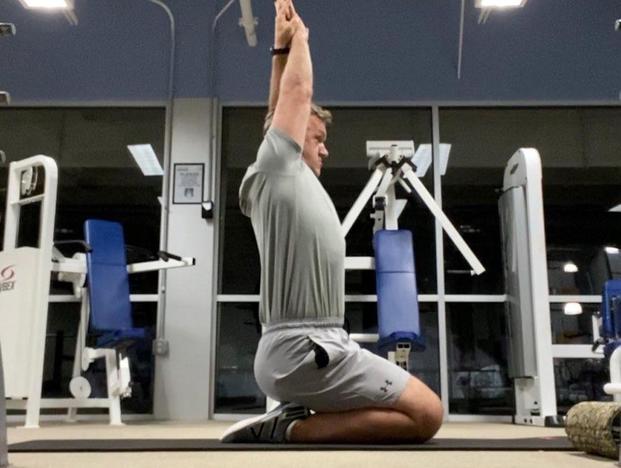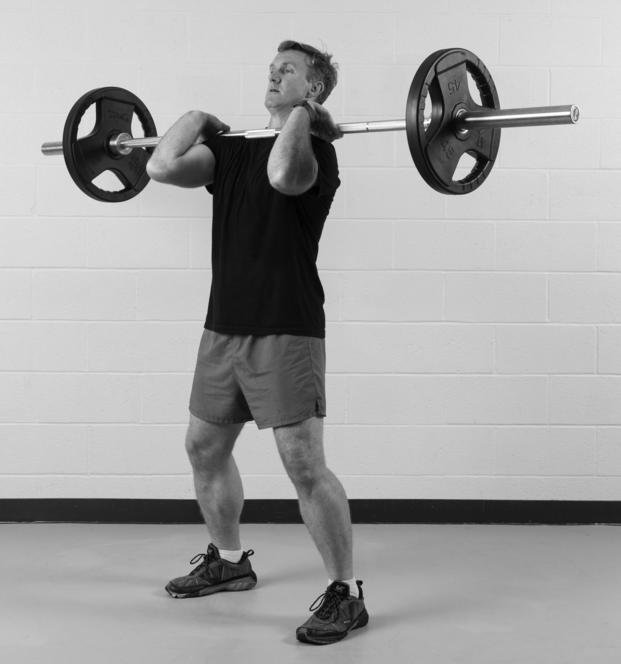Most of us have a learning curve as we master new skills like swimming, treading, lifting weights, or other athletic and tactical skills. Often acquiring a new skill requires perfect practice, but sometimes it is also a matter of your joints bending properly to perform the new activity.
Yes, your flexibility and mobility can be the factor preventing you from successfully learning a new skill. In this case, you'll need to practice technique. More stretching and full range of motion movement will also be required.
The differences are subtle: Flexibility is the lengthening of a muscle or muscle groups through a range of motion, whereas mobility is the ability to move your joints actively through a range of motion. Both are applicable to your improvement in many athletic events and skills.
Have you ever wondered why there are some movements, lifts or skills that you don't do well? Chances are, you would be able to if you were more mobile and more flexible. While coaching swimming, treading and weightlifting, I realized a few people were physically unable to move their body in a certain way, and a bright light bulb went off in my head.
Whether it was difficulty with a particular pose or a motion, the culprit for a failure to learn proper form was a lack of flexibility in the ankles, knees, hips and shoulders. When coaching athletes who were trying to learn how to lift or tread water, I realized that they were understanding the movements but just not able to do them.
Here is some practical stretching and mobility training advice to help you with a variety of skills.
Treading Water Using the Egg-Beater Kick
This maneuver requires ankle, knee and hip mobility. When trying to learn the egg-beater stroke, imagine sitting in a chair and kicking a soccer ball with the inside of your foot to the bottom of the pool.
If you are a land-based athlete, developing that level of ankle, knee and hip flexibility and mobility will require a few weeks before you can come close to performing what is basically an alternating breaststroke kick in a vertical body position, one that generates enough downward force to keep you above the water.
Learn to tread this way by stretching daily using the yoga-based frog pose. This will work ankles, knees, inner thighs and hips and help you move your legs with the power generated by a better range of motion. As you push water downward, you stay above the water.
As part of our workout, we practice a series of five-minute treading periods alternating with five-minute stretching or foam-rolling periods for about 30-45 minutes. After practicing this for 2-3 weeks every other day, you can go from unable to move properly in the water to playing a pickup water polo game (and water polo players are professionals at treading water).

Swimming with Fins
Ankle flexibility and mobility are key to long scuba dives or ocean swims with scuba fins. In the military, scuba diving or ocean swimming with big powerful fins are used to get through currents, tides and rough surf, but this technique requires stronger legs and ankles able to take the strain in a hyper-flexed position.
You will need nearly a ballerina level of ankle mobility to get close to the level of movement you need in the ankle for flexion and extension.

Also, the greater shoulder mobility pictured above allows for one of the most important skills in swimming, which is a streamlined body position. Being able to lock out your arms overhead will produce the form of a torpedo in the water, which should be the goal of anyone trying to improve glide efficiency in the water.
Lifting
It is not just swimming and pool skills that require greater flexibility. Some of the common lifts in strength and durability training require flexible triceps, shoulders and upper-back muscles. The front squat rack position is an important lift and will help you add the front squat, the power clean and hang clean to workouts.
Take a few minutes before lifting to stretch the shoulders, lats and triceps. This will help with balance under the weight of a front squat and to produce a front squat rack on the shoulders with high elbows when doing lifts like the power clean and the hang clean.

If you find difficulty with any athletic movement, skill or even tactic in training, consider the root problem could be more of a flexibility or mobility issue than one of coordination and timing. A regular stretching, massaging and movement program spread throughout the week can go a long way to making for a shorter learning curve.
Stew Smith is a former Navy SEAL and fitness author certified as a Strength and Conditioning Specialist (CSCS) with the National Strength and Conditioning Association. Visit his Fitness eBook store if you're looking to start a workout program to create a healthy lifestyle. Send your fitness questions to stew@stewsmith.com.
Want to Learn More About Military Life?
Whether you're thinking of joining the military, looking for fitness and basic training tips, or keeping up with military life and benefits, Military.com has you covered. Subscribe to Military.com to have military news, updates and resources delivered directly to your inbox.


















